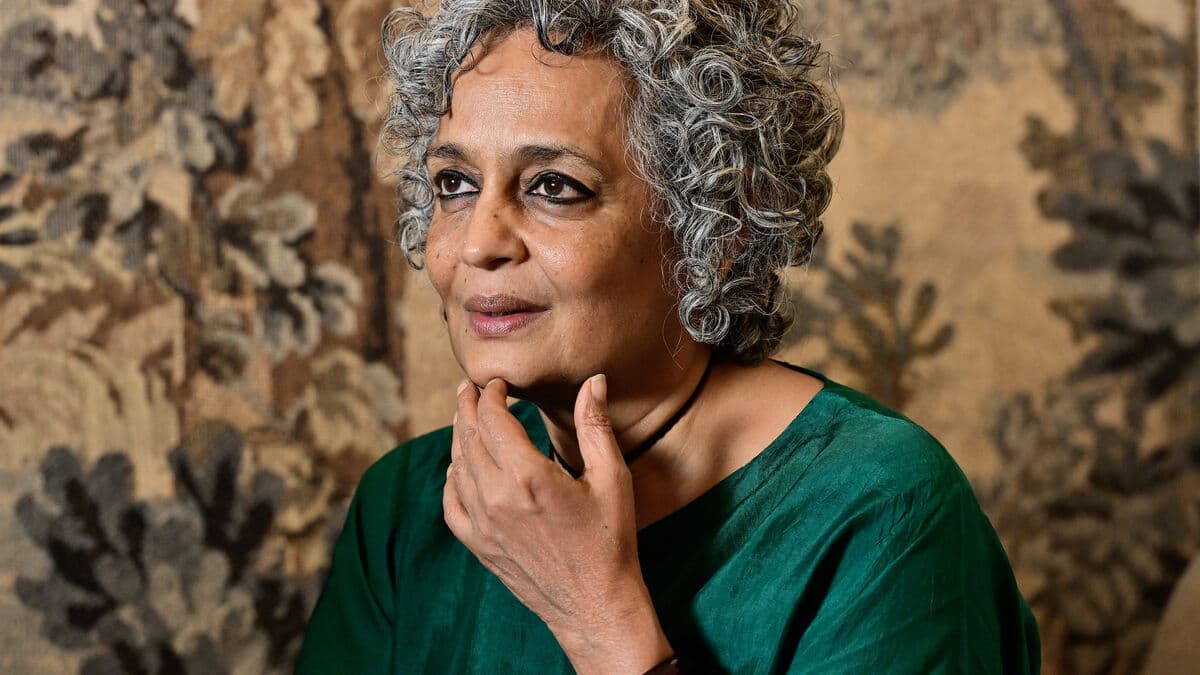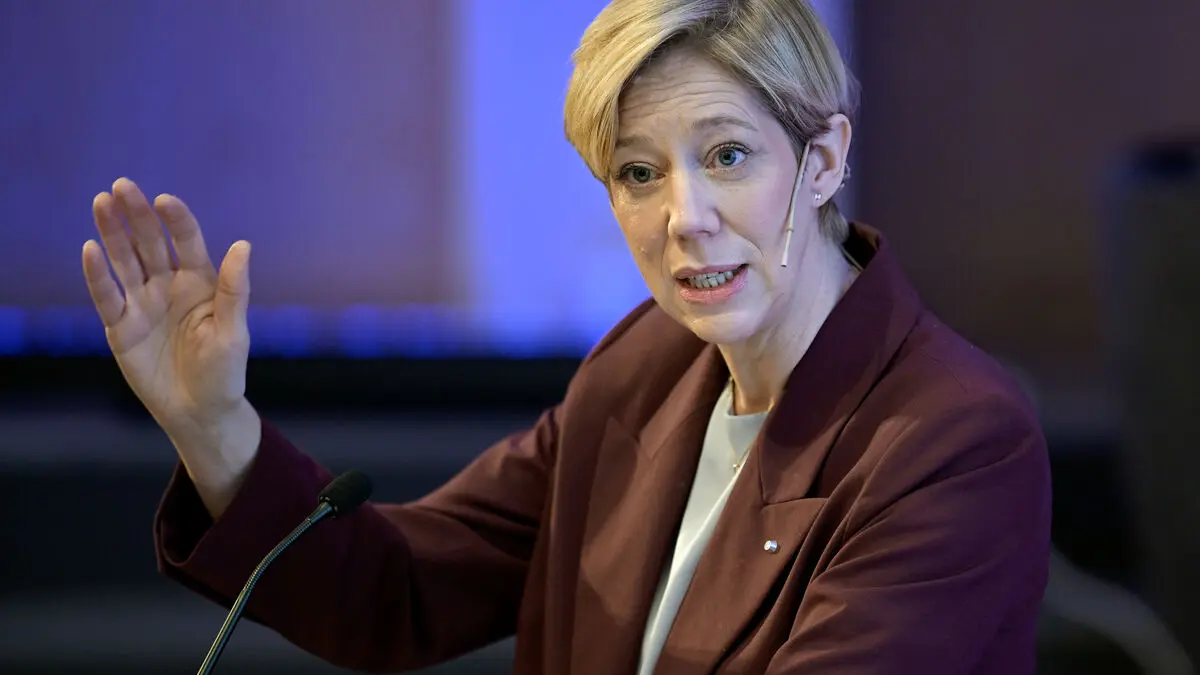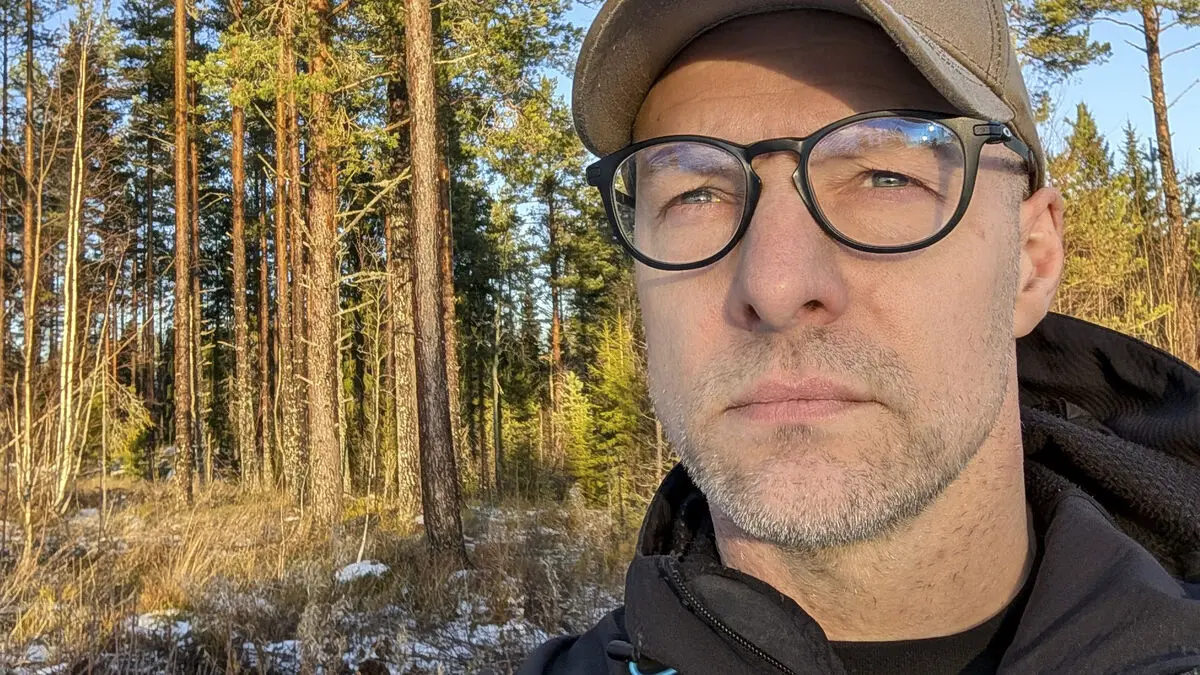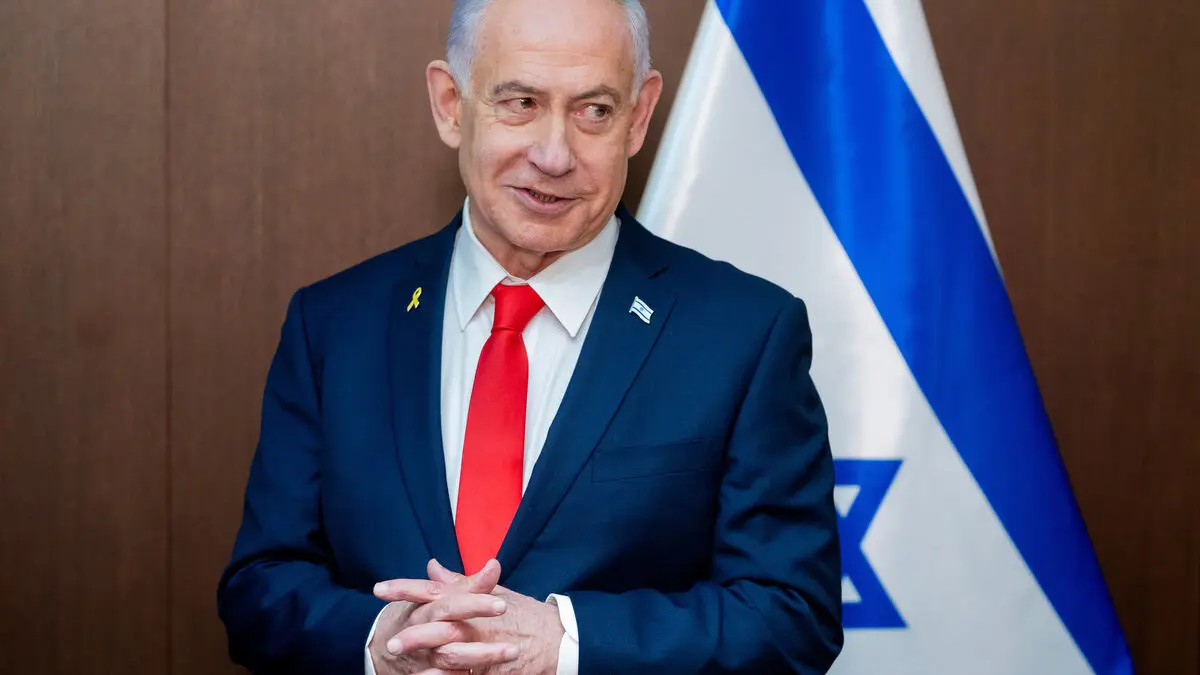"My Shelter and My Storm" is the Swedish title of Arundhati Roy's biography of her mother. But even more, it is a book about the author herself and how her writing became political from the beginning.
"When you read this book, you see where the fiction comes from. It comes from the streets. If you're down there, you have to deal with a lot of things," she says.
Growing up in Kerala, Arundhati Roy and her brother were not at the absolute bottom of all classes and castes – but still outside them. The Syrian-Christian community they came from wanted nothing to do with them.
Saliva bubbles
After throwing out her drinking husband (good at sitting idle and blowing bubbles out of his own saliva), mother Mary was left alone on the street with young children and a degree in education. Yet she would build her own school and push through a law change in Kerala to give daughters (herself) similar inheritance rights to sons (her brother).
But she could not show love to her own children.
I was one of those who could have fallen off the tightrope I was walking on at any second, she notes.
She had strength, vision, genius and cruelty. That's why, despite everything that happened, I couldn't for a second hate or dislike her. I could see that she was a great person, I just had to not let her destroy me, says Arundhati Roy, who moved to New Delhi at 16.
She was going to attend architecture school but had no money, no support and for many years no contact with her mother.
Today I think about this extreme vulnerability – not just for myself but for anyone who is there. Sometimes people have a hard time imagining what vulnerability is.
Dead Muslims
The visit to Sweden coincides with the election of the socialist and originally Indian Muslim Zohran Mamdani as the new mayor of New York. An election victory that the Hindu nationalist government in India cannot handle, she notes with amusement.
I'm sure they hate him, Mamdani says what he thinks about (Prime Minister) Modi too, and there's a lot to say about Modi and how he has behaved towards Muslims. He has climbed to the top on the bodies of dead Muslims.
Even the Indian media is “fully willing to be part of this fascist project,” she emphasizes.
If you could watch Indian television and understand what they are saying you would be hospitalized sick with disgust – it is just hate, lies and fake news, night and day.
Erika Josefsson/TT
Facts: Arundhati Roy on Indian women today
TT
"I would say that young women are freer than they have ever been before, which makes men violent because they can't handle it," she says, noting that women also feed the patriarchal social system.
Millions of female fetuses are aborted and mothers literally give more to their sons than to their daughters.
Facts: Arundhati Roy
TT
Born: 1961.
Lives: In New Delhi.
Background: Raised in the southern Indian state of Kerala with his mother Mary Roy and older brother. His mother started the Pallikoodam School (pallikoodam.org) in Kottayam, Kerala, first as a collapsible school on the premises of the Rotary Club, today highly ranked.
Books: Debuted in 1997 with the novel "The God of Small Things", which brought her the Booker Prize and international fame. Her second novel "The Mystery of Ultimate Happiness" was published in 2017. Has also written a number of political essays and non-fiction books, including "The Price of Living" (2001) and "Capitalism: A Ghost Story" (2016).
Activism: Has, among other things, been involved in advocacy for Indians displaced by the large dam construction in the Namra Valley, against India's and Pakistan's nuclear weapons policies, and for the people of Kashmir.
Banned: In August, the Indian government in Kashmir banned one of Arundhati Roy's books about Kashmir. Last year, she learned that she was suspected of violating anti-terrorism laws for a speech she gave about Kashmir in 2010.
This is what they do, they try to close the space around you to make you more and more limited in what you can say, she says.
Currently reading: Pulitzer Prize-winning "Demon Copperhead" by Barbara Kingsolver, about a boy in Appalachia, USA, whose 18-year-old mother is severely addicted to opioids when she gives birth to him on the bathroom floor of a trailer.





